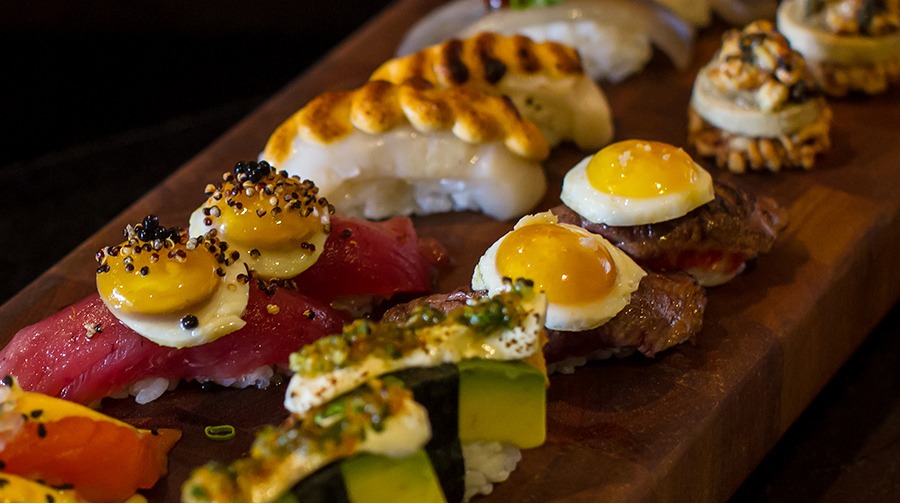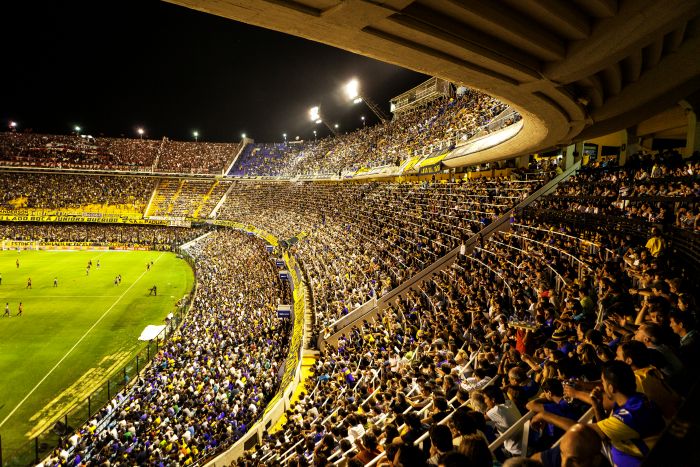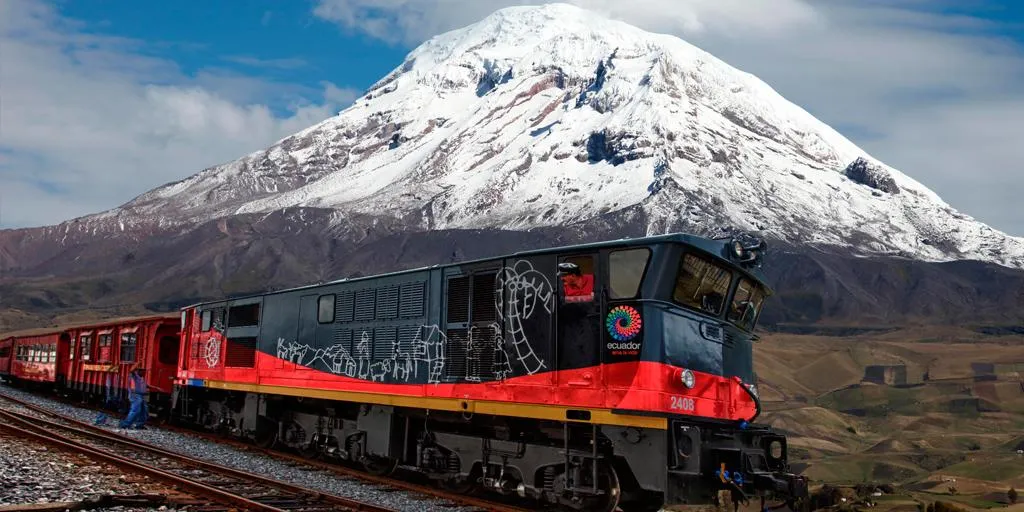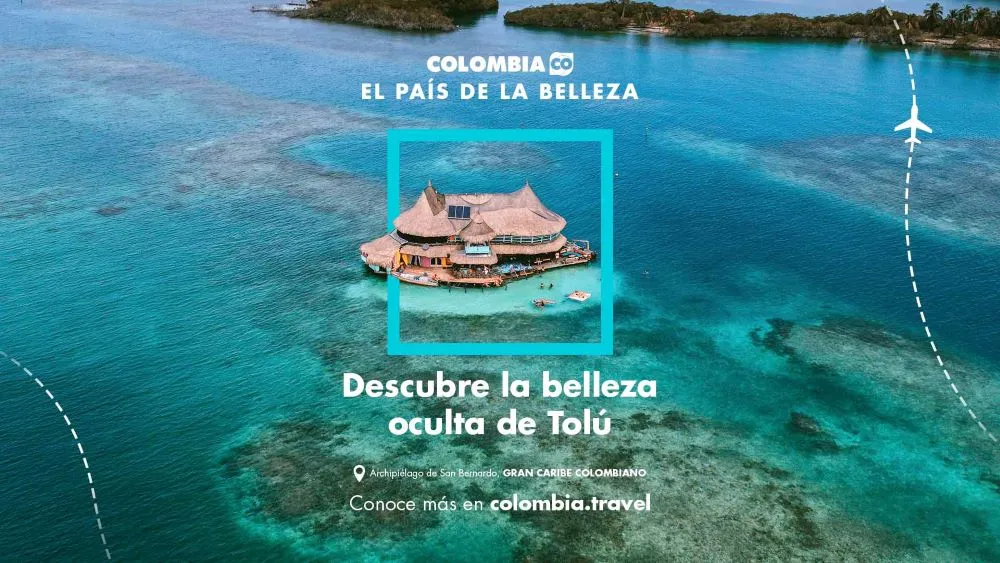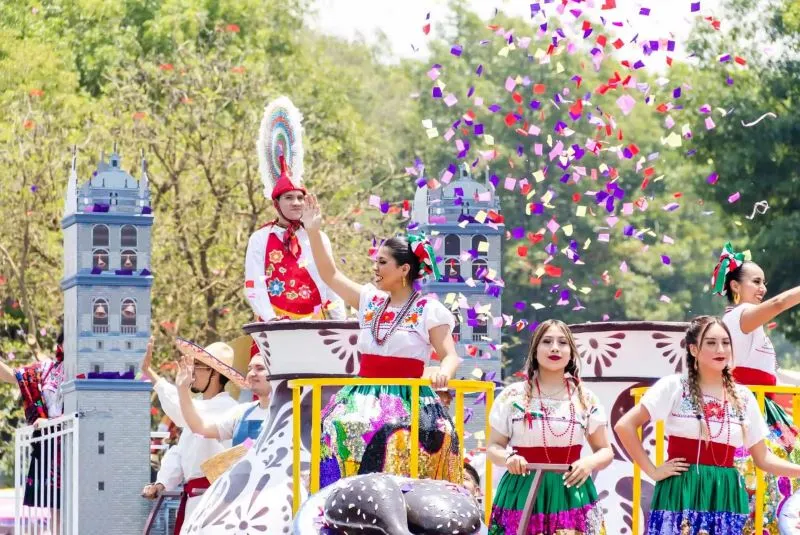La cuisine est souvent le reflet de l’histoire et de la culture d’un pays, et la cuisine Nikkei en est un parfait exemple. Née de la fusion des traditions culinaires péruviennes et japonaises, elle est le fruit d’une histoire riche en échanges et en influences mutuelles.
Histoire de la cuisine Nikkei
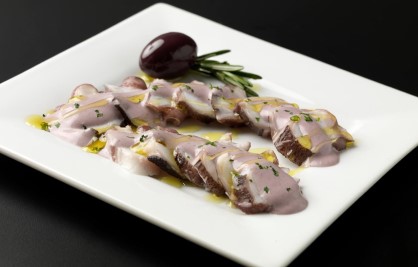
La cuisine Nikkei trouve ses origines à la fin du XIXe siècle, lorsque les premiers immigrants japonais arrivèrent au Pérou. Ces immigrants, venus principalement pour travailler dans les mines d’argent, des plantations de coton et de sucre, ont apporté avec eux leurs traditions culinaires. Avec le temps, ces traditions se sont mélangées à celles du Pérou, donnant naissance à une cuisine unique en son genre.
Bien que la fusion des cuisines ait commencé dès leur arrivée, ce n’est que dans les années 1980 que la cuisine Nikkei a été officiellement reconnue comme telle.
Caractéristiques de la cuisine Nikkei
La cuisine Nikkei est caractérisée par l’utilisation d’ingrédients typiquement japonais et péruviens. Le riz, les légumes et le poisson, qui sont les bases de la cuisine japonaise, se marient parfaitement avec les saveurs péruviennes. Les techniques de cuisson japonaises, telles que la tempura ou le sashimi, sont combinées avec des ingrédients péruviens pour créer des plats uniques.
Parmi les ingrédients typiques de la cuisine Nikkei, on trouve le miso, le kombu, le katsuobushi, le shoyu, l’umeboshi, le nori, le ajonjolí, le wasabi, le sake, le mirin, le rocoto, la coriandre, ainsi que divers poissons et fruits de mer.
La fusion parfaite : Nikkei
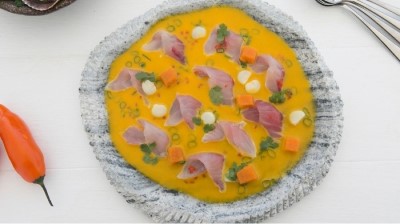
Le terme “Nikkei” signifie “loin du Japon” et est utilisé pour définir les personnes d’origine japonaise résidant à l’extérieur de leur pays, apportant leurs coutumes et leur mode de vie à d’autres communautés. Par extension, ce mot est venu qualifier ce mariage gastronomique.
Ainsi, grâce à cette fusion, des plats emblématiques tel que le Pulpo al olivo ont été créé par Rosita Yimura, fille d’immigrants japonais arrivés au Pérou en 1935. Yimura a réussi à mettre le poulpe sous les projecteurs, car avant cela, le mollusque était renvoyé à la mer car il ne faisait partie d’aucun plat péruvien.
Un autre régal est le tiradito de poisson, un plat qui combine la technique du sashimi lors de la découpe avec la sauce appelée « lait de tigre ». Cette gastronomie comprend également des makis qui, grâce à cette fusion, peuvent être garnis de truite fumée, de quinoa, de lomo saltado, de chair de crabe, de saumon, de crevettes et bien d’autres choses.
Influence et reconnaissance internationale
La cuisine Nikkei a gagné en popularité non seulement au Pérou et au Japon, mais aussi dans le monde entier. De nombreux chefs renommés ont été séduits par cette fusion unique de saveurs et de techniques. Aujourd’hui, la cuisine Nikkei est considérée comme l’une des gastronomies les plus innovantes et les plus intéressantes du monde.
La cuisine Nikkei est une véritable célébration de la fusion des cultures. Elle est le reflet d’une histoire riche et complexe, et offre une expérience culinaire unique. Que vous soyez un amateur de cuisine japonaise ou péruvienne, ou simplement d’une gastronomie inventive, savoureuse et originale : la cuisine Nikkei est à découvrir absolument.

